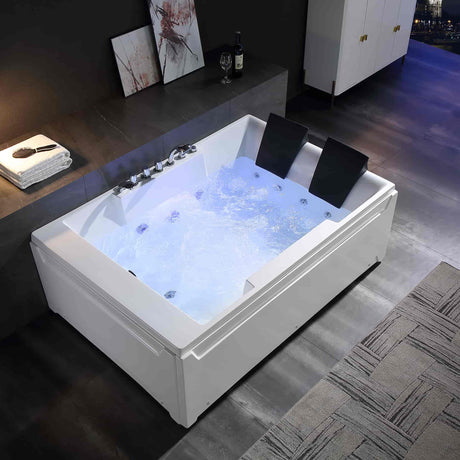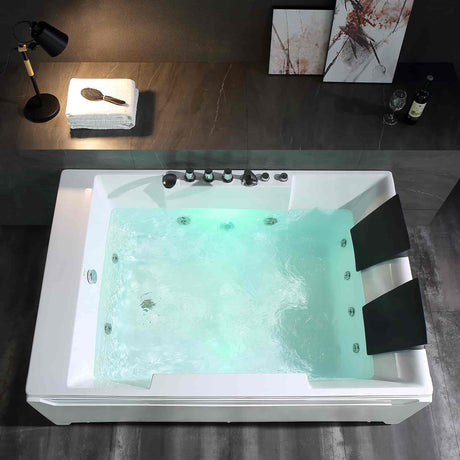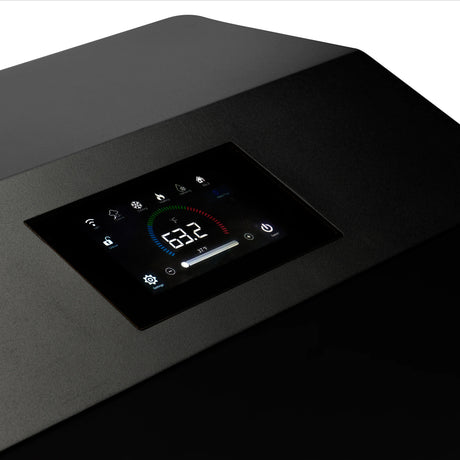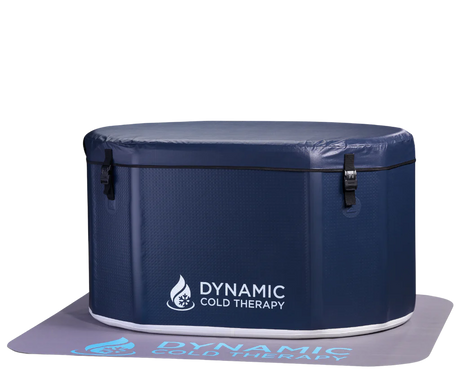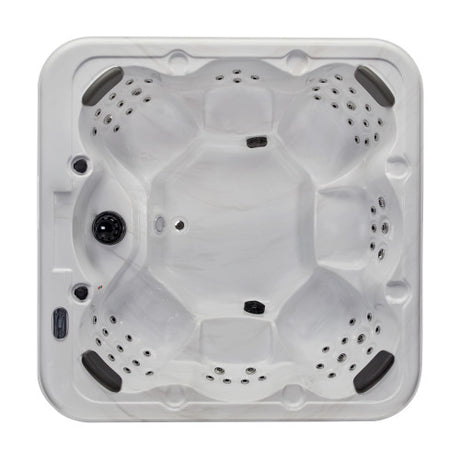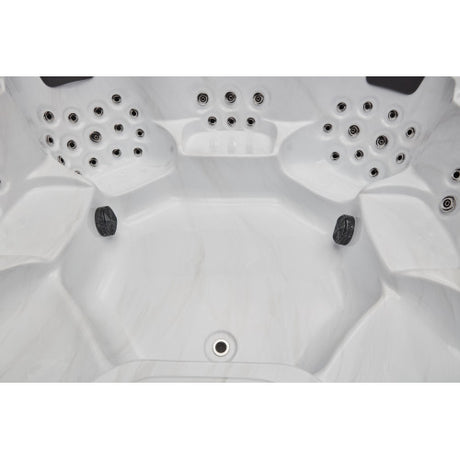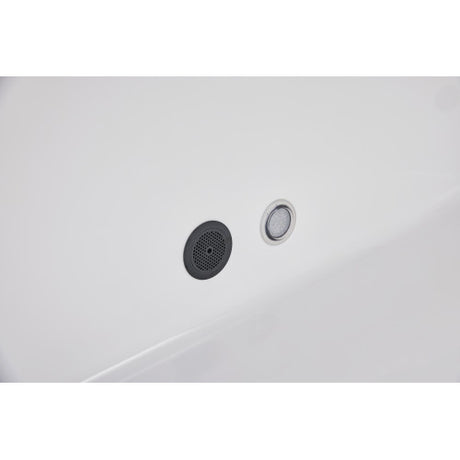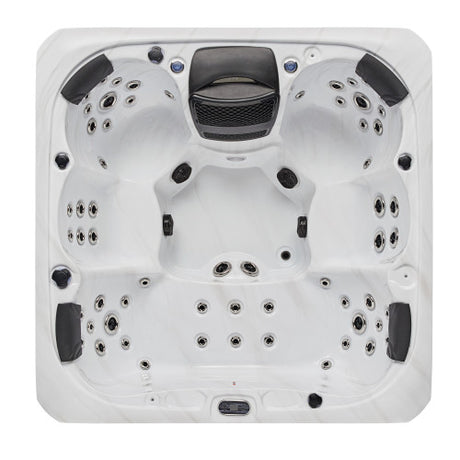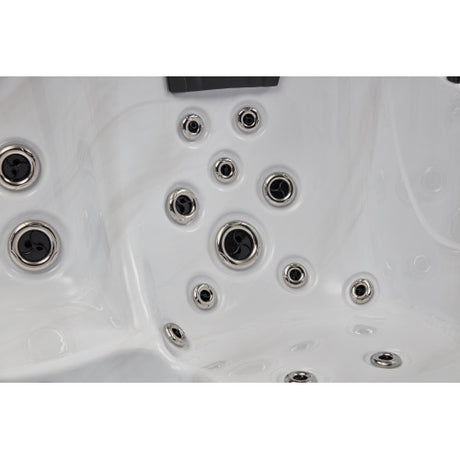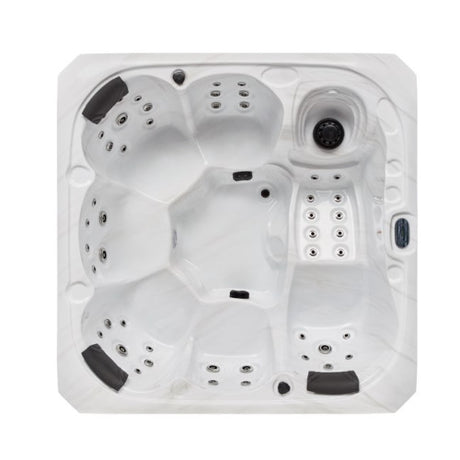Understanding bath terminology can enhance your experience and help you make the most out of your bathing routines. Here's a comprehensive guide to various terms related to baths, which you might encounter while exploring different types of baths, products, and practices.
Comprehensive Guide to Bath Terminology
1. Soaking Tub
- A deep bathtub designed for long, comfortable soaks. Unlike standard bathtubs, soaking tubs are deeper and often allow water to cover most of the bather's body.
2. Jacuzzi
- A brand name that has become a generic term for any bath or pool featuring water jets that massage the body. It’s often used interchangeably with "hot tub."
3. Clawfoot Tub
- A vintage-style bathtub characterized by its standalone design with four feet, usually resembling claws. Clawfoot tubs are known for their deep wells and classic aesthetic.
4. Freestanding Tub
- A bathtub that is not attached to any walls or fitted into any alcoves. Freestanding tubs are finished on all sides and can be placed anywhere in the bathroom.
5. Whirlpool Tub
- A bathtub equipped with jets that circulate water, providing therapeutic massage effects. Similar to a Jacuzzi but often designed for single-person use.
6. Garden Tub
- A large, deep bathtub that does not have jets or a whirlpool feature. Garden tubs are designed for serene soaking experiences, often situated near a window with a view.
7. Walk-in Tub
- A bathtub designed with a door that allows easy access for individuals with limited mobility. These tubs often feature built-in seats and are deeper than conventional tubs.
8. Roman Tub
- A large, often luxurious bathtub that can accommodate more than one person. Roman tubs are typically installed on a platform and are known for their depth and wide ledges.
9. Alcove Tub
- A bathtub installed in a three-walled enclosure, which is the most common bathtub installation. Alcove tubs are practical for smaller spaces and often feature a shower combination.
10. Epsom Salt
- Magnesium sulfate, a mineral compound used in baths to help relieve muscle soreness, reduce inflammation, and detoxify the body. It's popular in therapeutic bath routines.
11. Bath Oil
- Concentrated liquids containing essential oils and other moisturizing agents that disperse in bath water, hydrating the skin and often adding a pleasant aroma to the bath.
12. Bath Bomb
- A compacted mixture of wet and dry ingredients that effervesce when wet. Bath bombs are used to add essential oils, scent, bubbles, and color to bathwater.
13. Aromatherapy Bath
- Baths that incorporate essential oils for therapeutic benefits, such as relaxation, invigoration, or relief from congestion.
14. Hydrotherapy
- The use of water for pain relief and treatment. Hydrotherapy baths can involve various temperatures and pressures of water to help alleviate different health conditions.
15. Chromotherapy
- Also known as color therapy, it involves the use of colored lights in baths to enhance psychological and physical well-being.
16. Detox Bath
- A bath specifically designed to help the body rid itself of toxins. Ingredients such as Epsom salts, baking soda, and apple cider vinegar might be used to enhance detoxification.
17. Mud Bath
- A bath consisting of mineral-rich mud mixed with water, known for its therapeutic properties, including deep skin cleansing and relaxation.
18. Balneotherapy
- Treatment of disease by bathing, typically in mineral and thermal springs, to promote recovery from various conditions with the healing properties of the water.
19. Onsen
- A Japanese term for hot springs, but also used to describe bathing facilities and inns around the hot springs. Known for their relaxing and health-promoting properties due to mineral content.
20. Hammam
- A traditional Turkish bath that involves a process of deep cleansing and relaxation in a steam-filled room, often including a body scrub and massage.
This guide covers the essential terminology associated with various bath types and practices, providing you with the knowledge to fully enjoy and benefit from your bathing experiences. Whether for relaxation, therapy, or simple pleasure, understanding these terms will help you tailor your bath to your specific needs and preferences.

